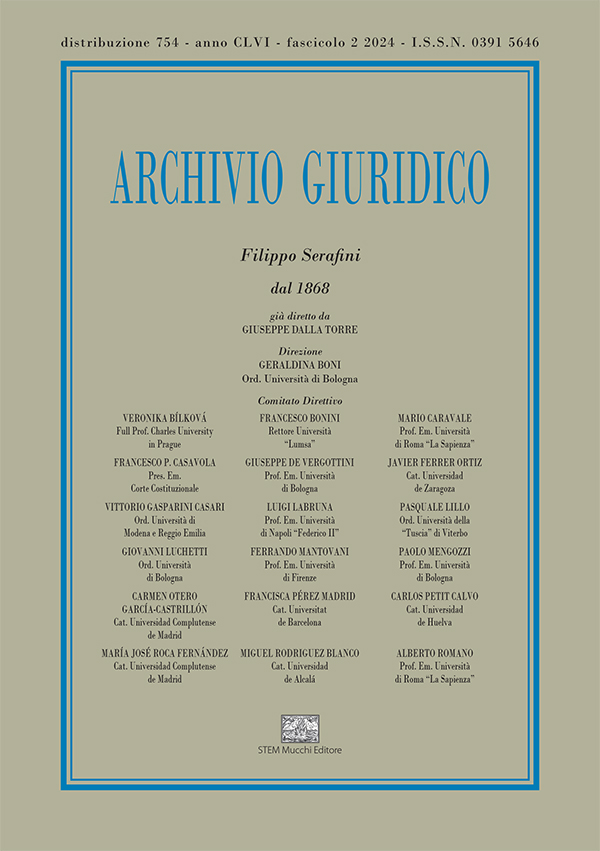La tutela del patrimonio artistico e paesaggistico si radica nella volontà di tutelare una tradizione, ovvero di proteggere qualcosa che viene dal passato e che deve essere consegnato alle generazioni future. La bellezza, si ritiene in generale, ha una forte funzione pedagogica e civile, ed è dunque protetta proprio per affermare un’identità culturale, o per esaltare valori e ideali, o anche semplicemente per garantire che ogni individuo possa goderne, contribuendo così alla propria fioritura personale. Ma se le ragioni per la tutela giuridica della bellezza sono queste, emerge un problema teoretico non banale: Come si può tutelare qualcosa che non sappiamo cosa sia, o qualcosa sulla cui definizione non v’è alcun accordo? Cosa trasmettiamo alle generazioni future, se non siamo in grado di identificare con certezza l’oggetto di questa traditio? Il presente saggio intende riflettere su queste aporie del sistema giuridico di tutela della bellezza, evidenziando il rischio di un approccio puramente ‘museale’ alla tutela della bellezza, centrato in modo retrospettivo sulla categoria dell’interesse storico o artistico o naturalistico, più che su quella della bellezza.
Parole chiave: bellezza, arte, patrimonio artistico e naturale, tradizione, diritto alla bellezza.
The protection of artistic and natural heritage stems from the desire to safeguard a tradition, i.e. to protect something that comes from the past and that must be preserved for future generations. Beauty, it is generally believed, has a powerful pedagogical and civic function, and is therefore protected precisely in order to affirm a cultural identity, to exalt moral values and political ideals, or even simply to ensure that each individual can enjoy it, thus contributing to his or her own personal flourishing. But if these are the reasons for the legal protection of beauty, a non-trivial theoretical problem emerges: how can we protect something we do not know what it is, or something on whose definition there is no agreement? What do we deliver to future generations if we are unable to identify with certainty the object of this traditio? This essay aims to reflect on the shortcomings of the legal system of the protection of beauty, highlighting the risk of a purely ‘museum-like’ approach to the protection of beauty, retrospectively centred on the category of historical or artistic or naturalistic interest, rather than on beauty.
Key words: beauty, art, artistic and natural heritage, tradition, the right to beauty.

